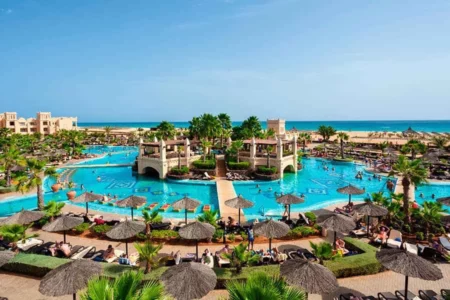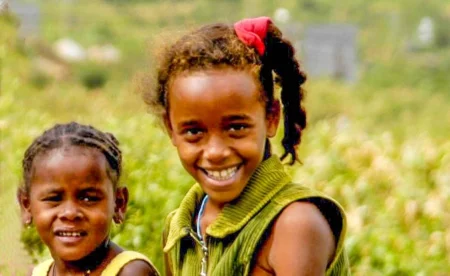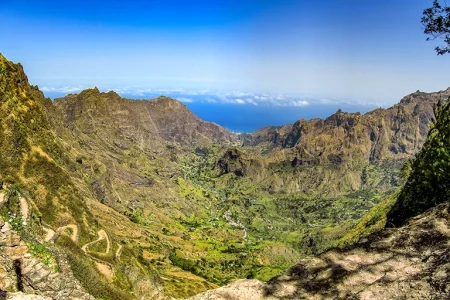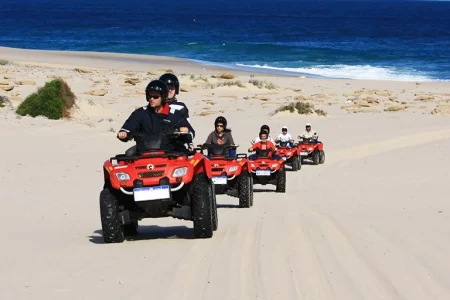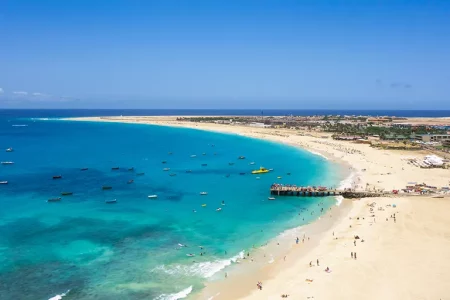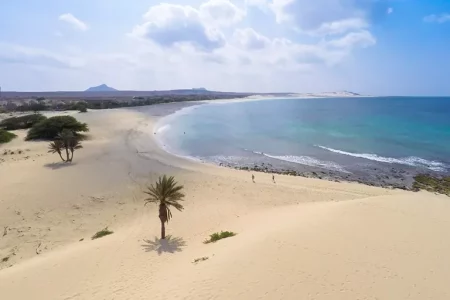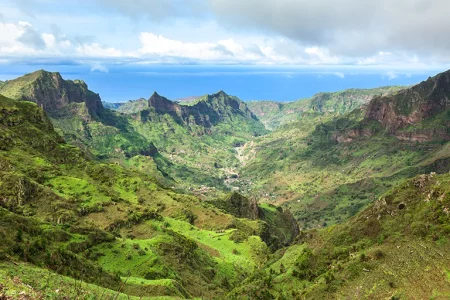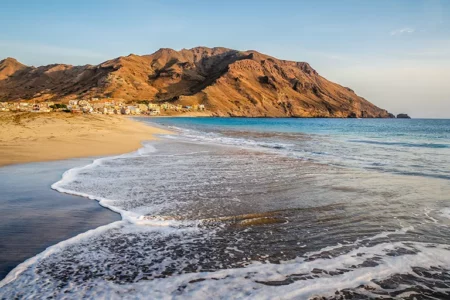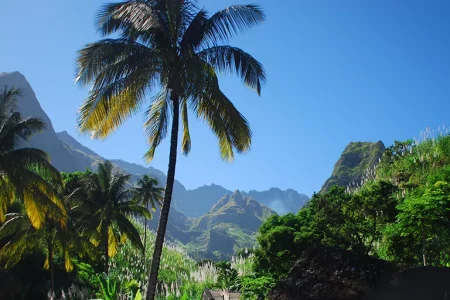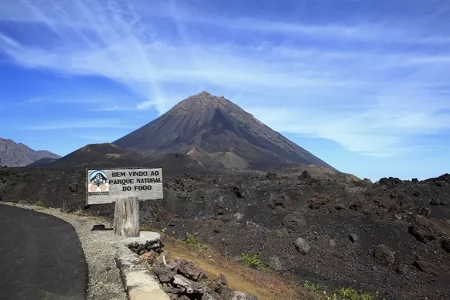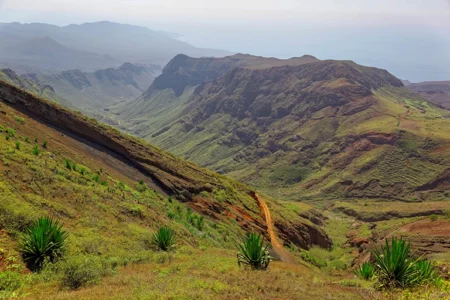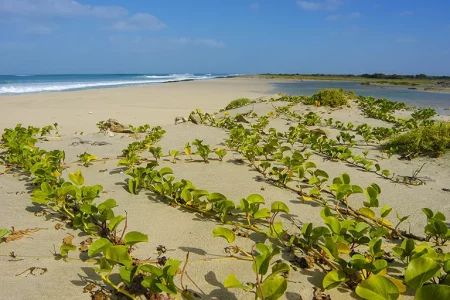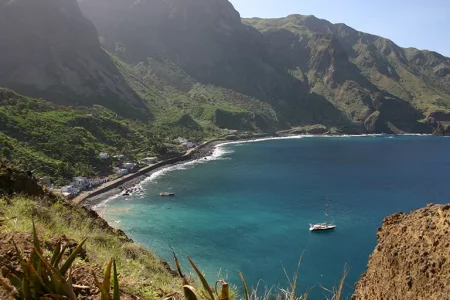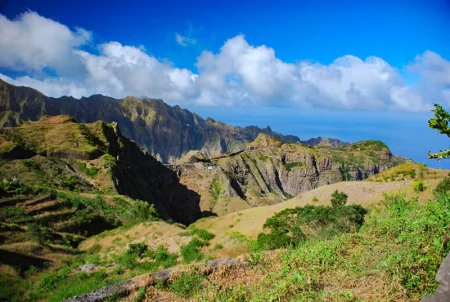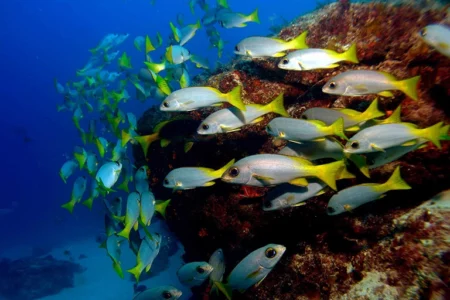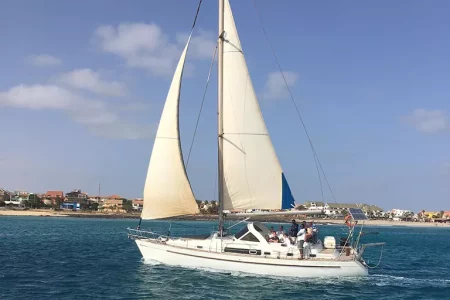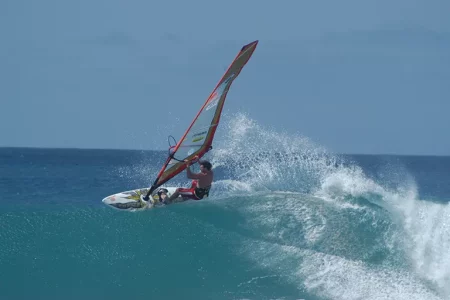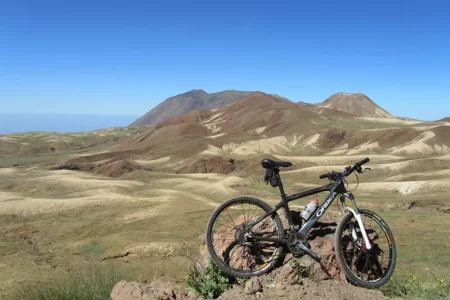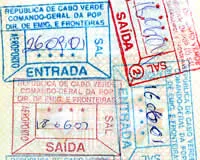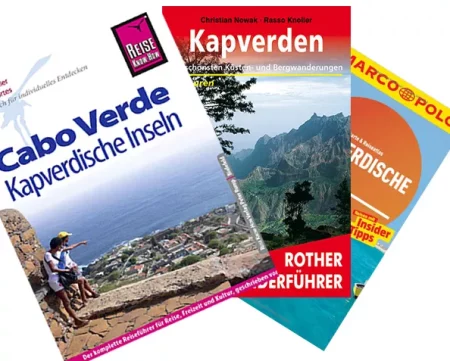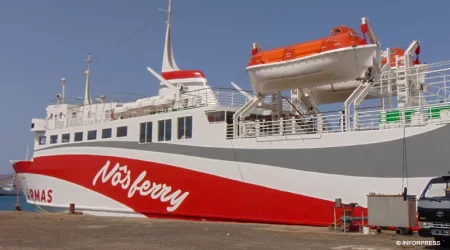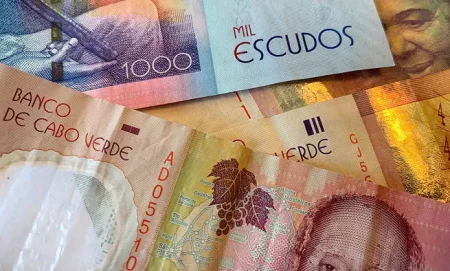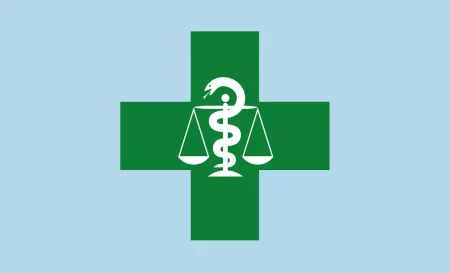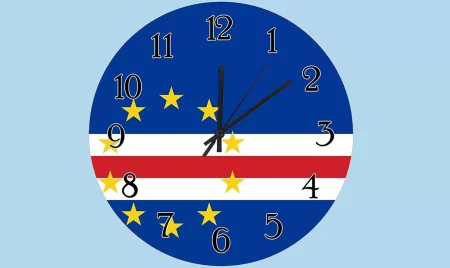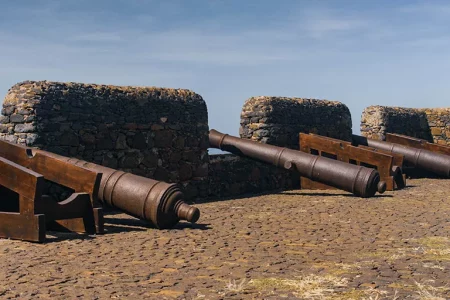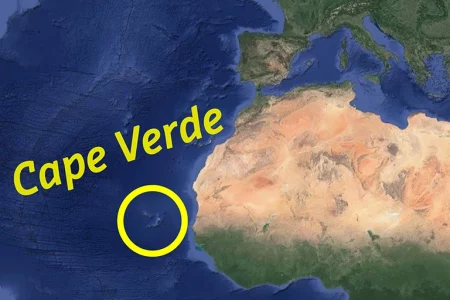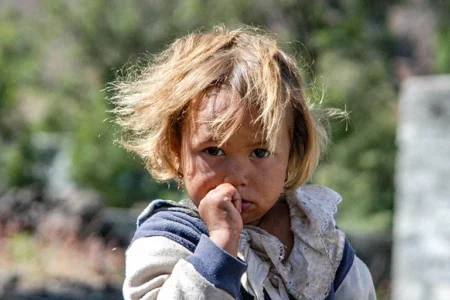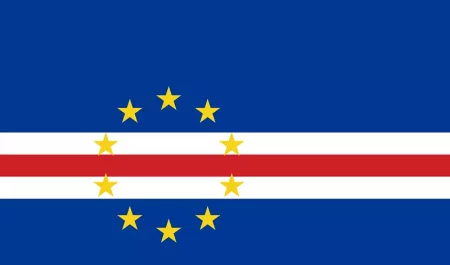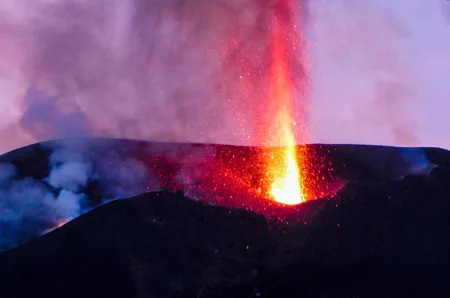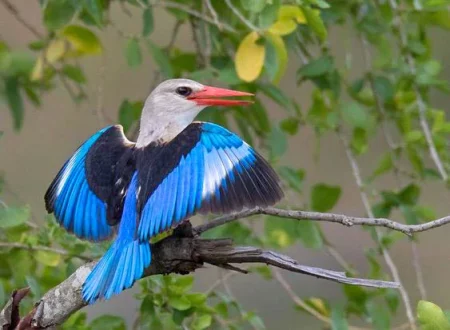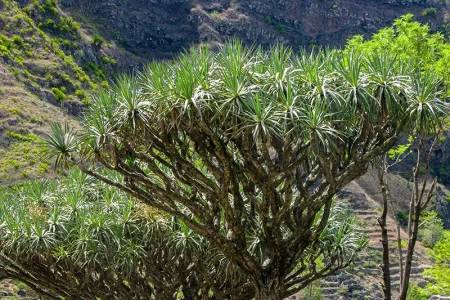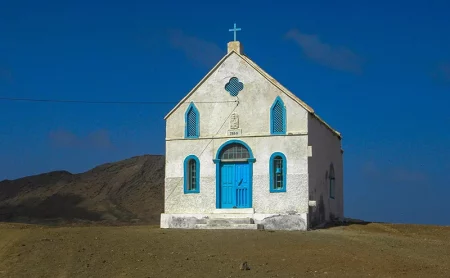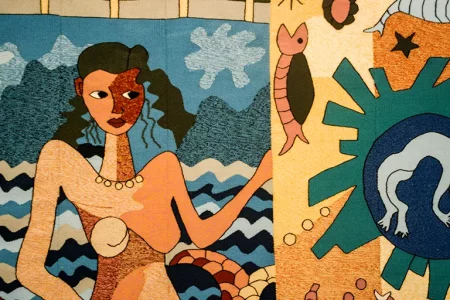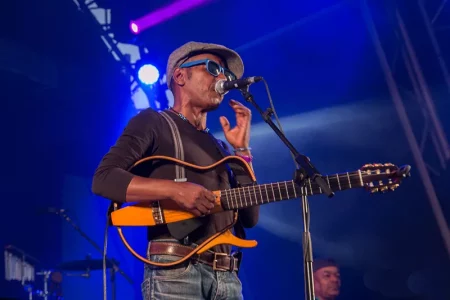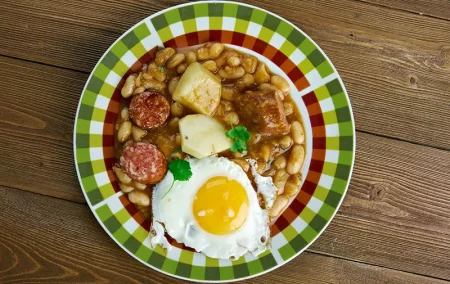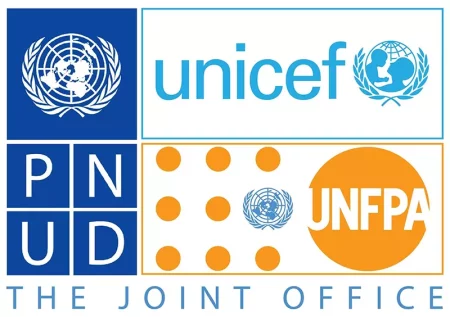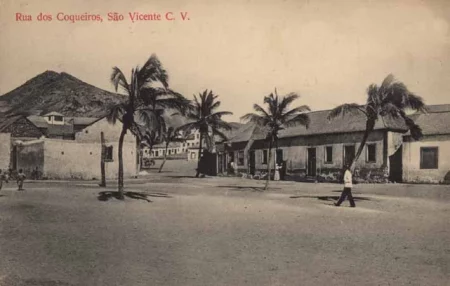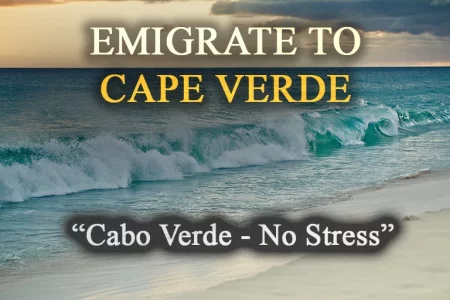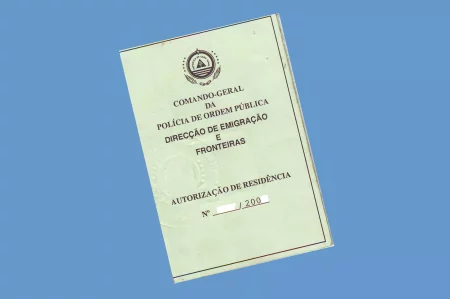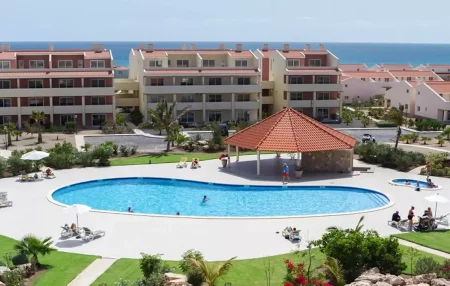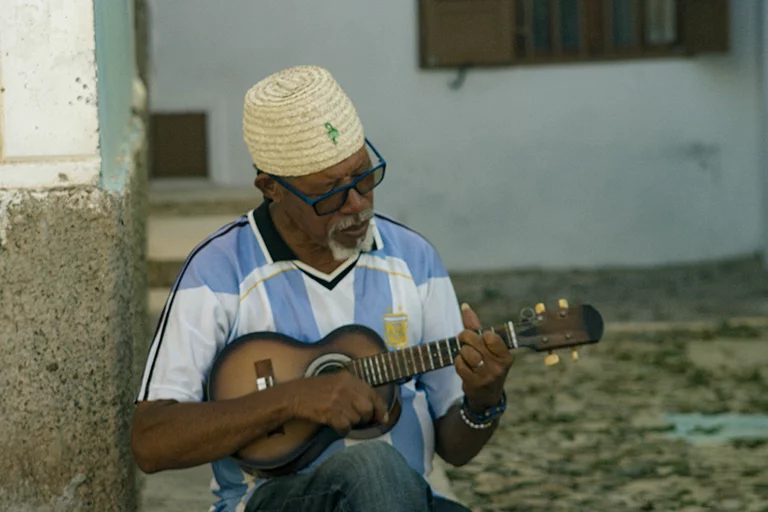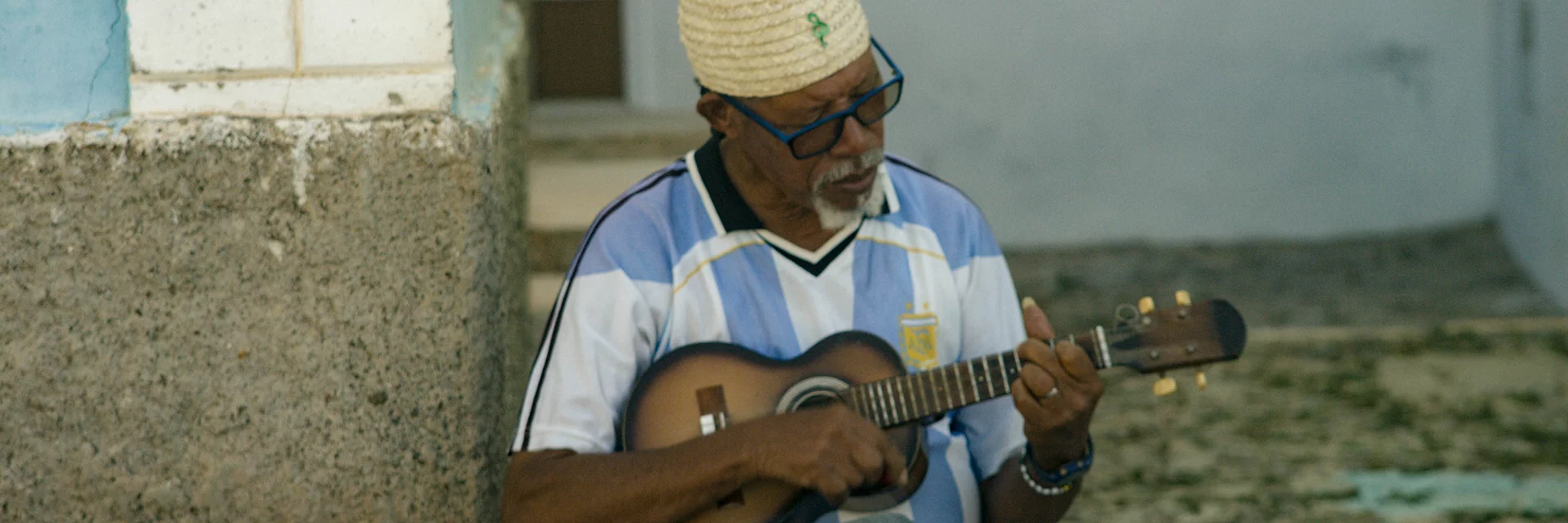Music
It seems as if the Cape Verdean music has been on a long journey in which all of the experiences, images and people from a great variety of roots have merged into one unique form of expression, without whose existence the islands are hardly imaginable today.
This music reflects very distinct styles – the fado, polka and mazurka from Europe. In addition to the bossa nova and samba from Brazil, the drumming of Africa and the merengue and zouk from the Caribbean can be heard.
The continued development of Cape Verdean music through constantly new elements of lyrics and tonal elements happened naturally, almost on its own, because the music of Cape Verde was and always will be one thing: an expression of the innermost feelings, dreams and longings of the people who create it and have a desire for it.
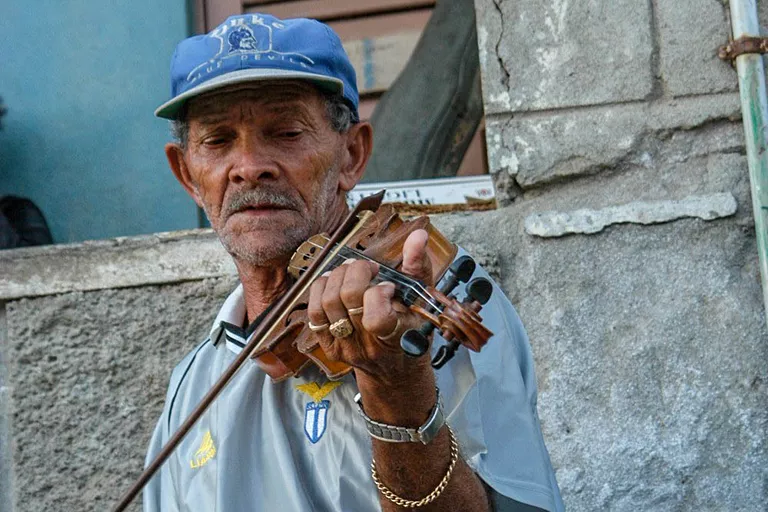
The emigration of many Cape Verdeans to Europe and America, but also the historical years of suppression in the slave trade, has created a very special feeling of longing in the people. The saudade, which is also familiar from the Portuguese fado, runs like a leitmotif through the literature and music of the islands. This feeling between the yearning for love and the sense of security with another person, nostalgia and missing the homeland is virtually everywhere.
Each island has its own sound. After all, the natural surroundings are very different and always sound very different. Everyday objects like iron, plastic, glass bottles and tins are used as instruments, as well as natural materials such as wood, shells and gourds.
How important music is for the inhabitants of Cape Verde becomes clear in light of the fact that there are a proud five radio stations that are “on the air” almost 24 hours a day despite a population of only 400,000. Not to even mention the many events with live music or the numerous private gatherings at which someone always has an instrument that suddenly sets the tone.
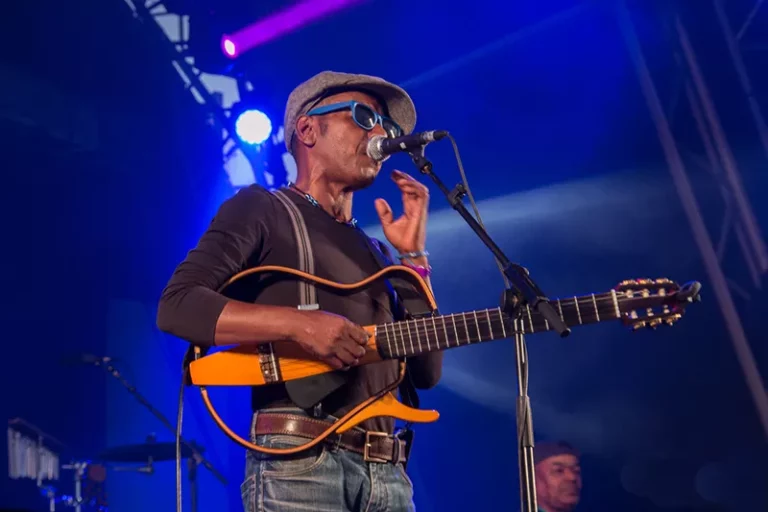
Individual Styles
In addition to language and geography, the island groups of the Barlavento and Sotavento also differ in terms of music. While the roots of Portugal and Europe can clearly be sensed on the Barlavento, the Sotavento cannot deny the African influences in its music: The styles of batuco, finançon, funana and tabanca are very much dominated by rhythm. Loud, frequently improvised rap is repeated over and over again here, sometimes in a call-and-answer format In contrast, the melodic songs of the Barlavento are very melancholy and lyrical. Sonorously accompanied by metaphoric language and usually written in a minor key, the songs tell of love’s sorrows and the love of country, as well as political injustice or about nature.
The most important of the individual music styles, especially the famous morna and coladeira, are described below:
Morna: This very widespread style of music, for which the best-known representative is Cesaria Evora, developed on São Vicente. Its main characteristics are the minor key and the rather slow, solemn tempo. The lyrics are full of yearning, homesickness and desire (saudade). People say that morna lets the guitars weep. Elements of the Portuguese fado can be distinctly heard, but the morna is somewhat livelier than fado. It is played with guitars, cavaquinho (small 4-strong guitar), a violin and a 10-string guitar. The most famous performers include Bau, Louis Morais and Luis Rendall.
Coladeira: Since the Cape Verdeans very much like to celebrate and dance, there are obviously faster forms of music. In comparison with morna, from which it developed, coladeira is a more dynamic, rhythmic type of dance music with lyrics that tend to be happier. Elements of the Caribbean zouk and the Brazilian samba are quite dominant. Its main instruments are violins, guitars and mandolins.
Funaná: Funaná, the third most important music style, is primarily encountered on the island of Santiago. Even more rhythmical and faster than the coaldeira, it is played with the diatonic accordion (the gaita from Portugal) and the ferrinho, an iron bar that is scratched with a knife. More contemporary bands often replace the traditional instruments with keyboards and drums. In the funaná, people dance very close – sometimes to the point of ecstasy. The lyrics tell of life’s difficulties and current social issues. Examples of famous bands from this style of music are Raizes and Ferro Gaita.
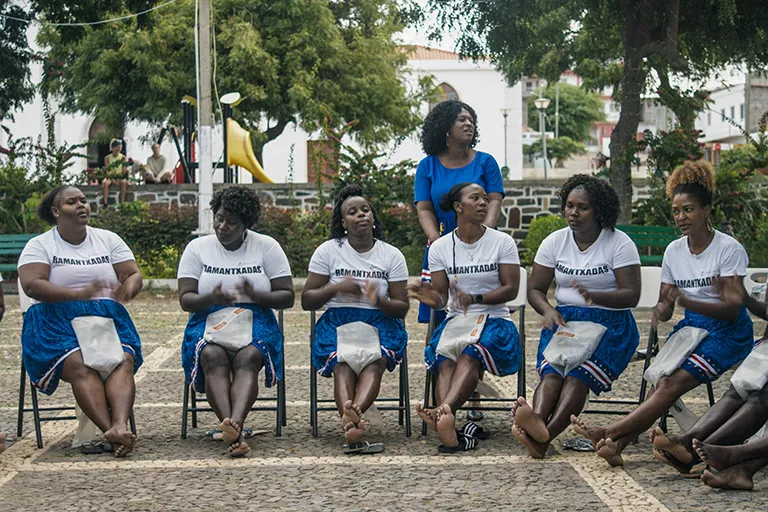
Batuko: The batuko style comes from Santiago and displays the most African influences with a large number of percussion elements (drums). The dance is like a ritual in which the singer makes announcements, shares bits of wisdom or even tells of news and rumours. The choir, which sits in a semicircle (usually women), responds over and over again. A woman dancer moves to these increasingly faster rhythms.
Finançon: Finançon is also a very rhythmic style that is similar to the batuko. It has a leader and a drumming group of women. However, there is no dancing involved. The people often use plastic bags that make sounds when they are hit. The lyrics tell about current events, which are sometimes presented lyrically and sometimes humorously. Both batuko and finançon are components of religious and political events.
Cola: Cola from Santo Antão is a fertility ritual that is celebrated in June of every year with whistling and drums.
Tabanka: Above all, this style of music can be heard at the Tabanka Festival, which is held every year in May and has an African origin. The people play shells, bells and drums and dance in honour of their ancestors. They wear colourful costumes in a type of parade and a king, the Rei Di Tanka, is dressed in a white uniform. He leads the parade and wears the emblem of the congregation. The drums are symbolic for the language of “all people under one God with one destiny.”
Zouk: Modern electronic music is very popular among the young people. Above all, the zouk has the greatest influence on the commercial music on Cape Verde. It can be heard almost everywhere: in the taxi, on the streets, in clubs and at the beach. Its roots come from the French Caribbean islands of Martinique and Guadeloupe. It is played on synthesizers, bass, drum kits and electric guitar. When the group Kassav mixed in the latest studio techniques from Paris at the beginning of the 1980s, a completely new sound that is similar to reggae and salsa was created. Other bands are Livity and the group Splash, whose members live in Holland.
Festivals: There are many music festivals on the archipelago. The largest are probably the Festival of Praia de Gamboa (Praia) in May, Baia das Gatas (Sao Vicente) in August and Santa Maria (Sal) in September.
